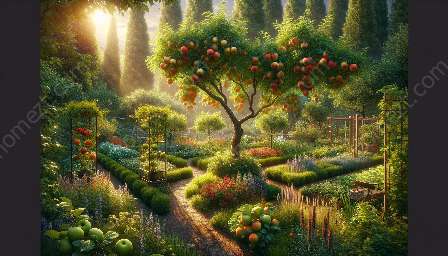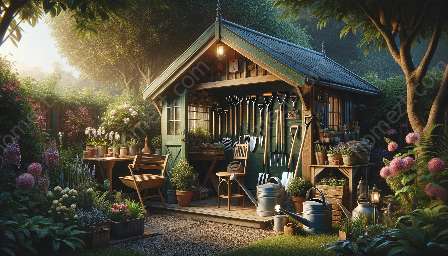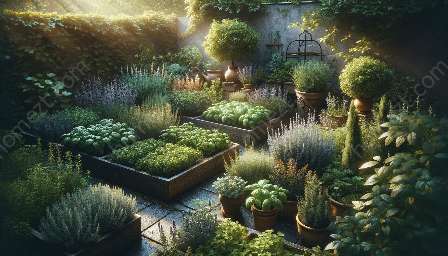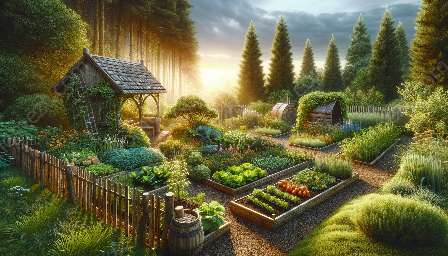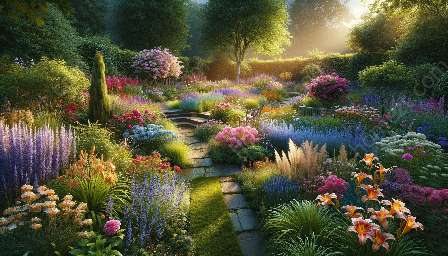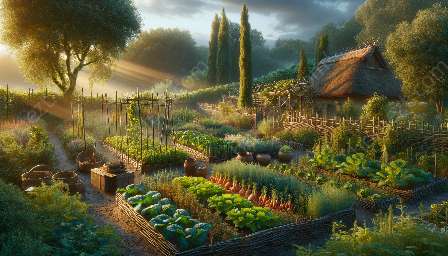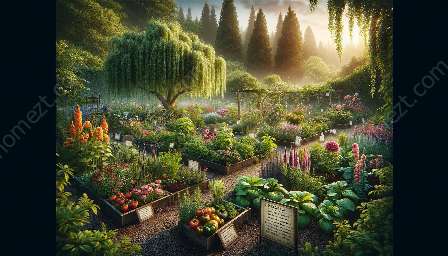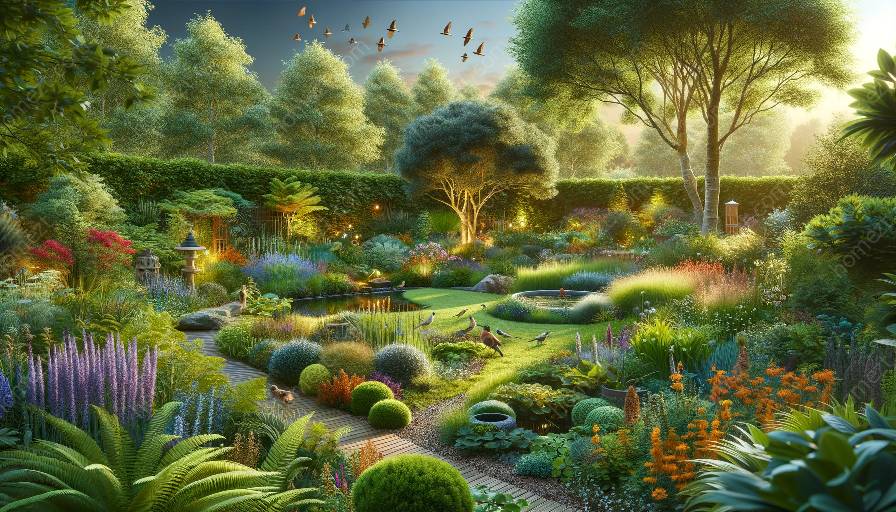Wildlife gardening is a fascinating and environmentally important approach to landscaping that aims to create sustainable outdoor spaces that support local ecosystems. By embracing wildlife gardening, you can enhance the natural beauty of your garden while providing sanctuary for a wide range of native flora and fauna.
Here is a comprehensive guide to wildlife gardening, highlighting its compatibility with heritage gardening and landscaping:
The Concept of Wildlife Gardening
- What is Wildlife Gardening?: Wildlife gardening involves creating environments that attract and support a wide variety of wildlife, including birds, butterflies, bees, and other beneficial insects. It focuses on the use of native plants, natural materials, and sustainable practices to encourage biodiversity in our gardens.
- Benefits of Wildlife Gardening: By practicing wildlife gardening, you can contribute to the conservation of local biodiversity, promote sustainable gardening practices, and create beautiful and dynamic outdoor spaces. Wildlife gardens also provide opportunities for environmental education and engagement with nature.
Creating a Wildlife-Friendly Garden
- Selecting Wildlife-Friendly Plants: Choose native plants that provide food, shelter, and nesting sites for local wildlife. Incorporate a variety of flowering plants, shrubs, and trees to support different species throughout the seasons.
- Designing Habitats and Features: Integrate diverse habitats such as meadows, ponds, and woodlands to mimic natural ecosystems. Include features like bird feeders, insect hotels, and bat boxes to attract and support wildlife.
Harmony with Heritage Gardening
Wildlife gardening is fully compatible with heritage gardening, which focuses on preserving traditional plants and design principles. By incorporating heritage plants into your wildlife garden, you can celebrate the cultural and historical significance of these species while providing vital resources for local wildlife.
Sustainable Landscaping Practices
- Water Conservation: Implement rainwater harvesting systems and choose drought-tolerant plants to minimize water usage and support local ecosystems.
- Use of Eco-Friendly Materials: Opt for natural and recycled materials in construction and hardscaping to reduce environmental impact and create habitat opportunities.
Embracing Wildlife Gardening
Embracing wildlife gardening and sustainable landscaping not only adds natural beauty and flair to your outdoor spaces, but also supports the health of local ecosystems and contributes to the wider effort of conservation. By following these practices, you can create a haven for wildlife while preserving the legacy of heritage gardening.
Conclusion
Wildlife gardening, heritage gardening, and sustainable landscaping are not only compatible, but also complementary practices that promote ethical and environmentally friendly gardening. By incorporating these elements into your outdoor spaces, you can foster a deeper connection with nature, support local biodiversity, and contribute to the preservation of our natural heritage.




